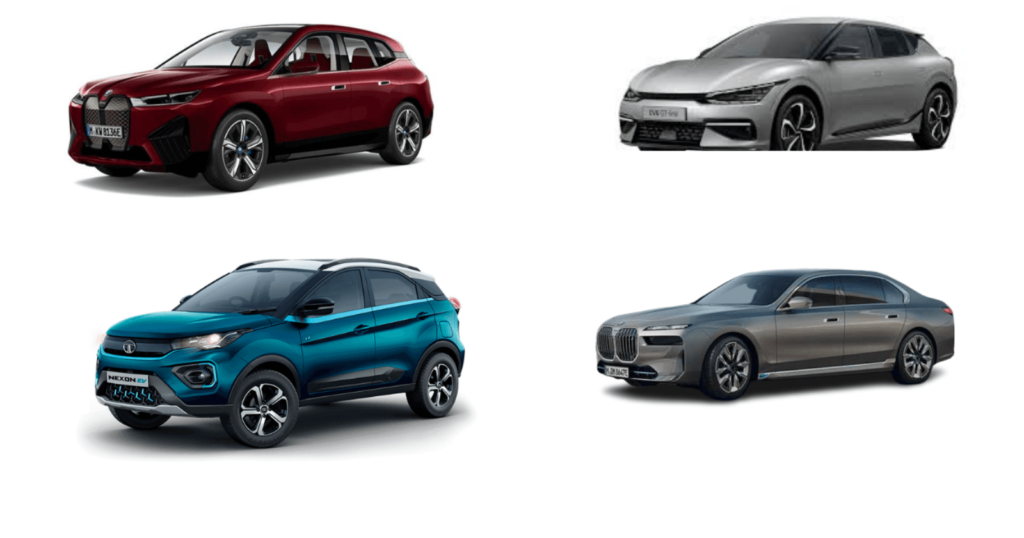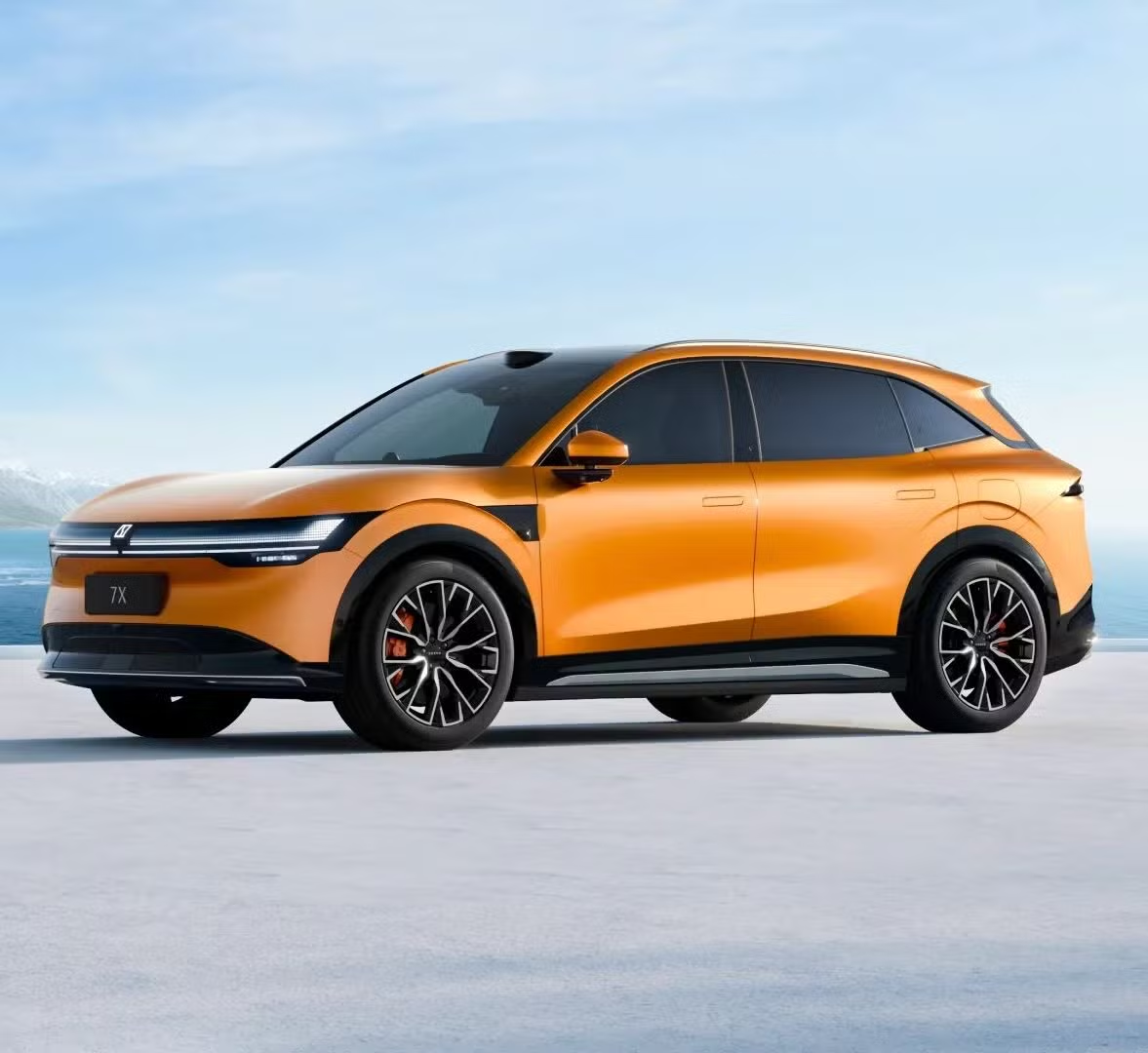In recent years, the electric vehicle (EV) revolution has shifted into high gear, and 2025 is shaping up to be a landmark year. With growing environmental concerns, rising fuel prices, and government incentives, consumers and manufacturers alike are embracing EVs like never before. But the real game-changer lies in the dramatic improvements in range and charging speeds, making EVs not only eco-friendly but also incredibly convenient.

🌍 The Rapid Rise of EV Popularity
Electric vehicles are no longer niche products. From compact city cars to high-performance SUVs and luxury sedans, EVs have expanded across every category. Major automakers such as Tesla, Hyundai, Ford, and Mercedes-Benz, as well as emerging companies like Rivian and NIO, are introducing new models tailored for different needs and budgets.
Global EV sales in 2024 surpassed 15 million units, and this number is expected to grow even further in 2025. With more public charging stations and a shift toward clean energy infrastructure, the road to an all-electric future is becoming smoother by the day.
⚡ Extended Range: Bye-Bye Range Anxiety
One of the most common concerns for potential EV buyers has been “range anxiety”—the fear of running out of battery before reaching a charging point. Thankfully, advancements in battery technology are resolving this issue.
Modern EVs now offer ranges exceeding 500 km (310 miles) on a single charge. The Lucid Air Grand Touring, for example, delivers up to 830 km (516 miles), while Tesla’s updated Model S boasts over 640 km (400 miles). Improvements in battery chemistry, like lithium iron phosphate (LFP) and silicon-carbon anodes, contribute to higher energy density and durability.
By 2025, solid-state batteries are also expected to debut in some premium models. These batteries promise even greater capacity, shorter charging times, and enhanced safety—setting a new benchmark for the industry.
🔌 Charging at Lightning Speed
Charging time is another key area of innovation. Thanks to ultra-fast DC charging technology, new EVs can now gain 80% charge in just 15–25 minutes. This makes quick top-ups during a coffee break or grocery run entirely feasible.
Charging networks are also expanding rapidly. Brands like Tesla with its Supercharger network, and third-party providers like Electrify America and Ionity, are scaling their presence across highways and urban centers. Furthermore, wireless charging pads are being piloted in some cities, allowing EVs to charge automatically when parked—no cables required.
💰 Government Incentives and Lower Costs
Many countries are encouraging EV adoption with tax benefits, subsidies, and toll exemptions. In India, for instance, buyers enjoy GST reductions and state-level rebates. The U.S. offers federal tax credits, while European nations provide bonuses for trading in combustion vehicles.
EVs are also becoming more affordable. As battery production scales up and supply chains mature, the price gap between EVs and petrol vehicles is shrinking. In fact, several entry-level EVs are already priced competitively with traditional cars.
🌱 Sustainability and Clean Mobility
Beyond convenience and performance, EVs play a crucial role in reducing carbon emissions and promoting clean air. When paired with renewable energy sources like solar or wind power, EVs offer near-zero-emission transportation—a significant step toward climate goals.
Automakers are also using eco-friendly materials, such as vegan leather, recycled plastics, and plant-based foams, making sustainability a central theme in design and manufacturing.
🚀 Final Thoughts
2025 is not just another year—it’s a turning point in the automotive world. Electric vehicles are no longer futuristic—they’re the now. With longer ranges, faster charging, and broader availability, EVs are ready to meet the demands of modern drivers.
Whether you’re a tech lover, an eco-warrior, or just someone tired of rising fuel costs, switching to an EV in 2025 might be the smartest move you make on four wheels.













